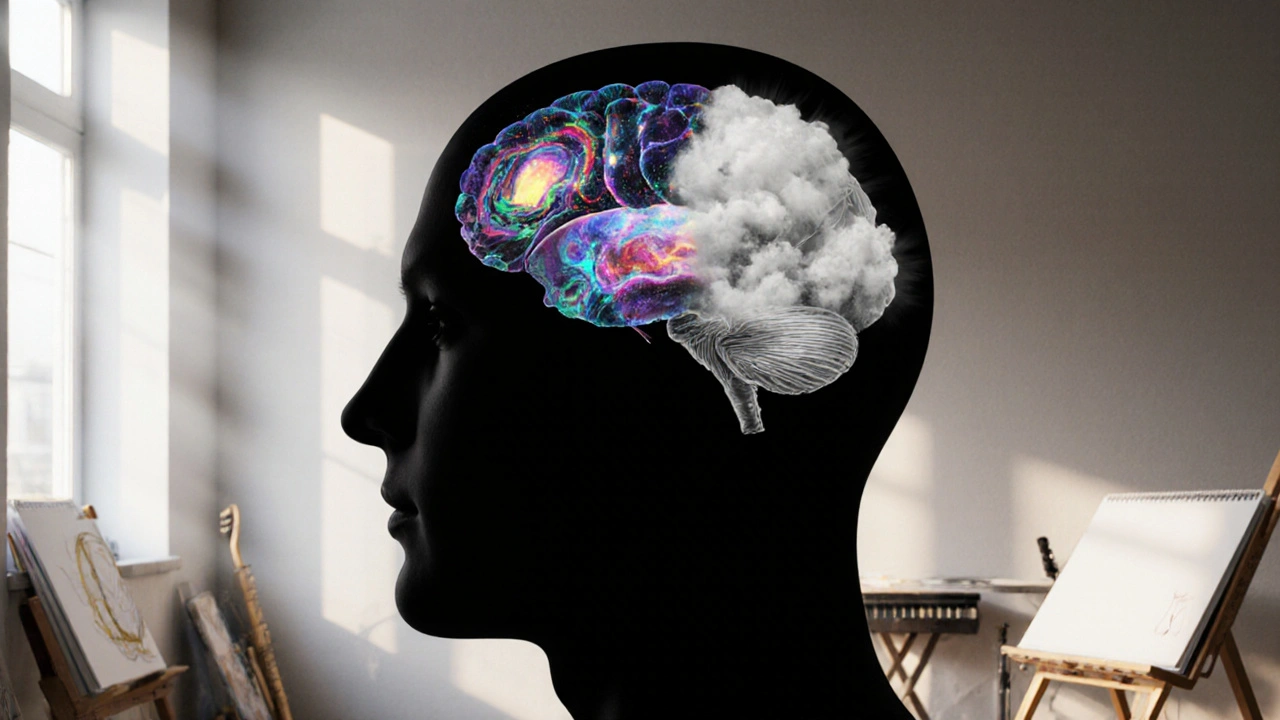Creativity Research Shows How Art, Music, and Play Lift Your Health
Ever wonder why doodling in a meeting or humming a tune feels so good? That feeling isn’t just a mood swing – it’s backed by science. Recent studies link creative activities to lower anxiety, better sleep, and even stronger immunity. Below you’ll get the facts and easy ways to add more creativity to your day.
What the Science Says About Creativity and Health
Researchers use brain scans, hormone tests, and long‑term surveys to see how creativity affects the body. One big finding is that art and music raise levels of dopamine, the brain’s reward chemical, which lifts mood and sharpens focus. Another study measured cortisol, the stress hormone, before and after a painting session and found a clear drop in cortisol right after the activity.
These effects aren’t limited to the mind. A review of over 30 trials showed that dance and movement classes improve cardiovascular fitness and balance, especially in older adults. Even simple crafts like knitting can lower blood pressure by calming the nervous system.
How to Use Creativity Daily for Real Benefits
You don’t need to be a professional artist to reap the rewards. Start with a 10‑minute art journal each morning. Grab a pen, a few colored pencils, and sketch whatever comes to mind – no pressure for perfect drawings. This quick habit signals your brain that it’s safe to explore, which reduces stress.
Music is another low‑cost tool. Create a playlist of songs that make you feel upbeat or relaxed, then listen while you work, cook, or stretch. If you can, add a short humming or sing‑along break. The rhythmic breathing involved helps lower heart rate and improves focus.
Movement doesn’t have to be a full workout. Try a 5‑minute “dance‑break” to your favorite track. Moving your body in a fun way boosts endorphins, the body’s natural pain‑killers, and can break up long periods of sitting that harm health.
For kids, creative play is a powerhouse. Studies on creative arts therapies for child development show better emotional regulation and social skills when children engage in drawing, drama, or music games. Parents can set up a simple art corner at home or use household items for music making.
If you prefer guided support, look for local or online creative arts therapy groups. These programs combine a therapist’s guidance with art, music, or dance, providing a structured way to explore feelings and build resilience. Many of our tag posts dive deeper into how to choose the right modality.
Remember, the goal isn’t to create a masterpiece but to give your brain a break from constant analysis. Frequent, low‑stakes creative moments keep the mind flexible, lower stress hormones, and can even improve memory.
Try adding one of these tiny habits this week and notice how you feel after a few days. You might find a clearer head, calmer nerves, or a spark of joy you hadn’t expected. Creativity isn’t just a hobby – it’s a health tool you can use right now.

